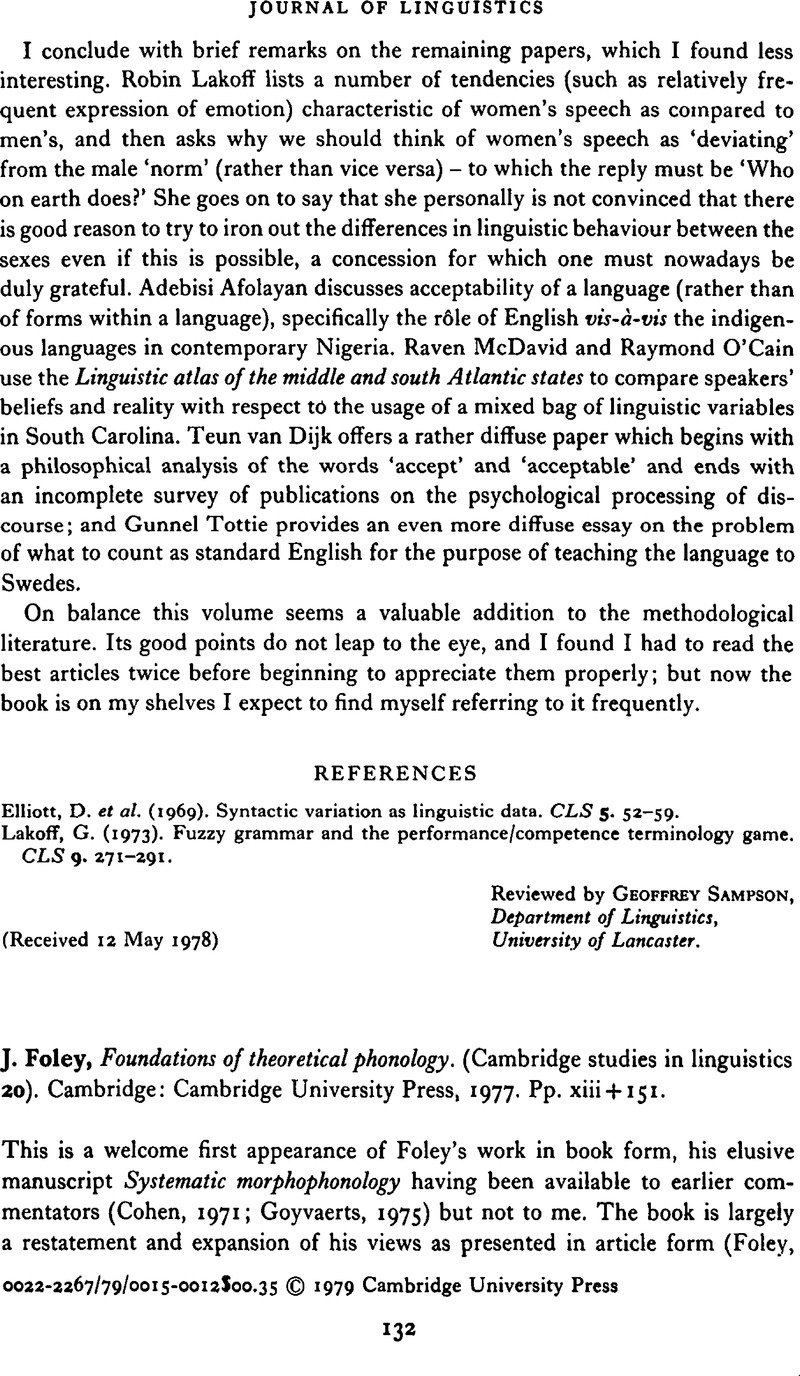Crossref Citations
This article has been cited by the following publications. This list is generated based on data provided by Crossref.
Coates, Richard
1980.
Time in phonological representations.
Journal of Phonetics,
Vol. 8,
Issue. 1,
p.
1.
Last updated 10th July 2024: Online ordering is currently unavailable due to technical issues. We apologise for any delays responding to customers while we resolve this. For further updates please visit our website https://www.cambridge.org/news-and-insights/technical-incident

Published online by Cambridge University Press: 28 November 2008
